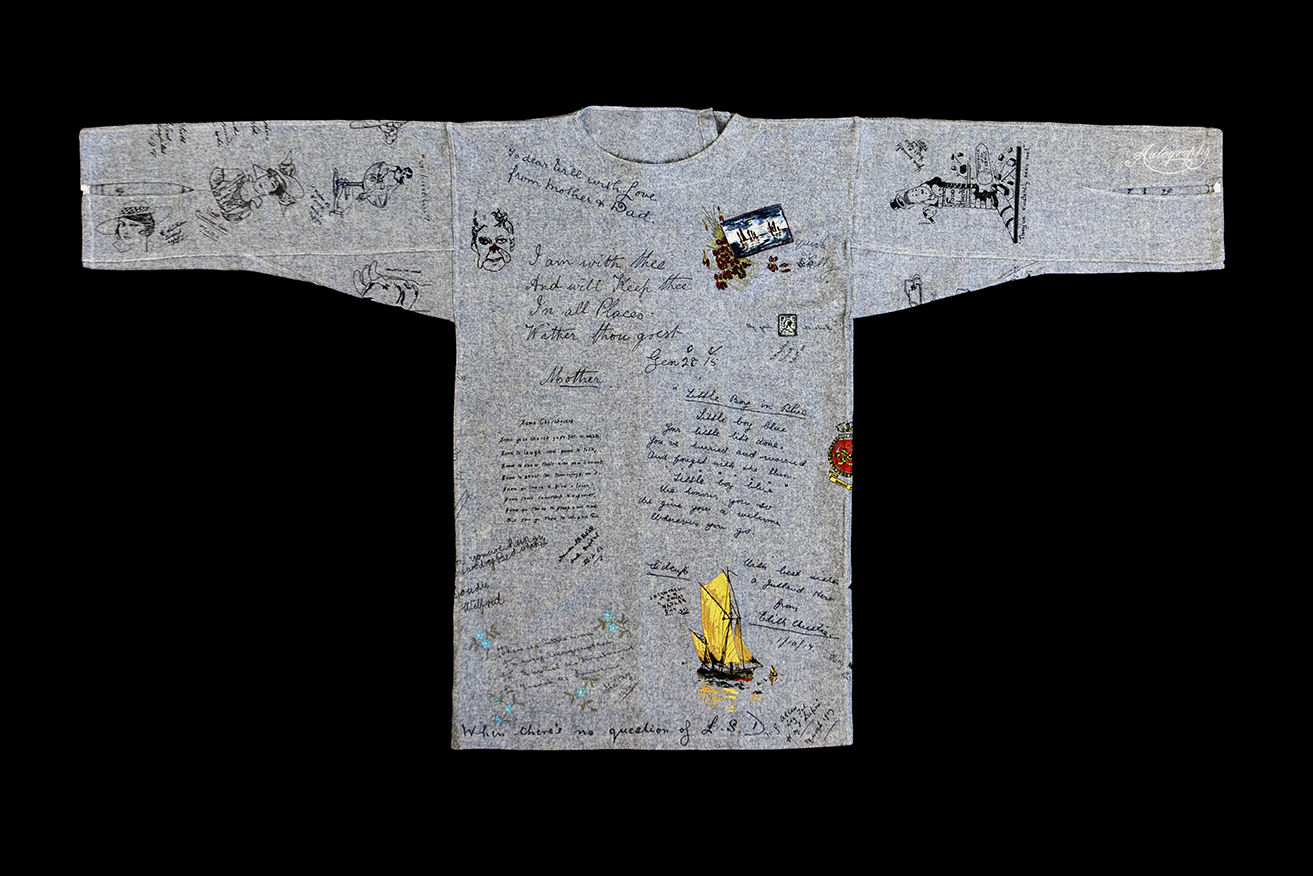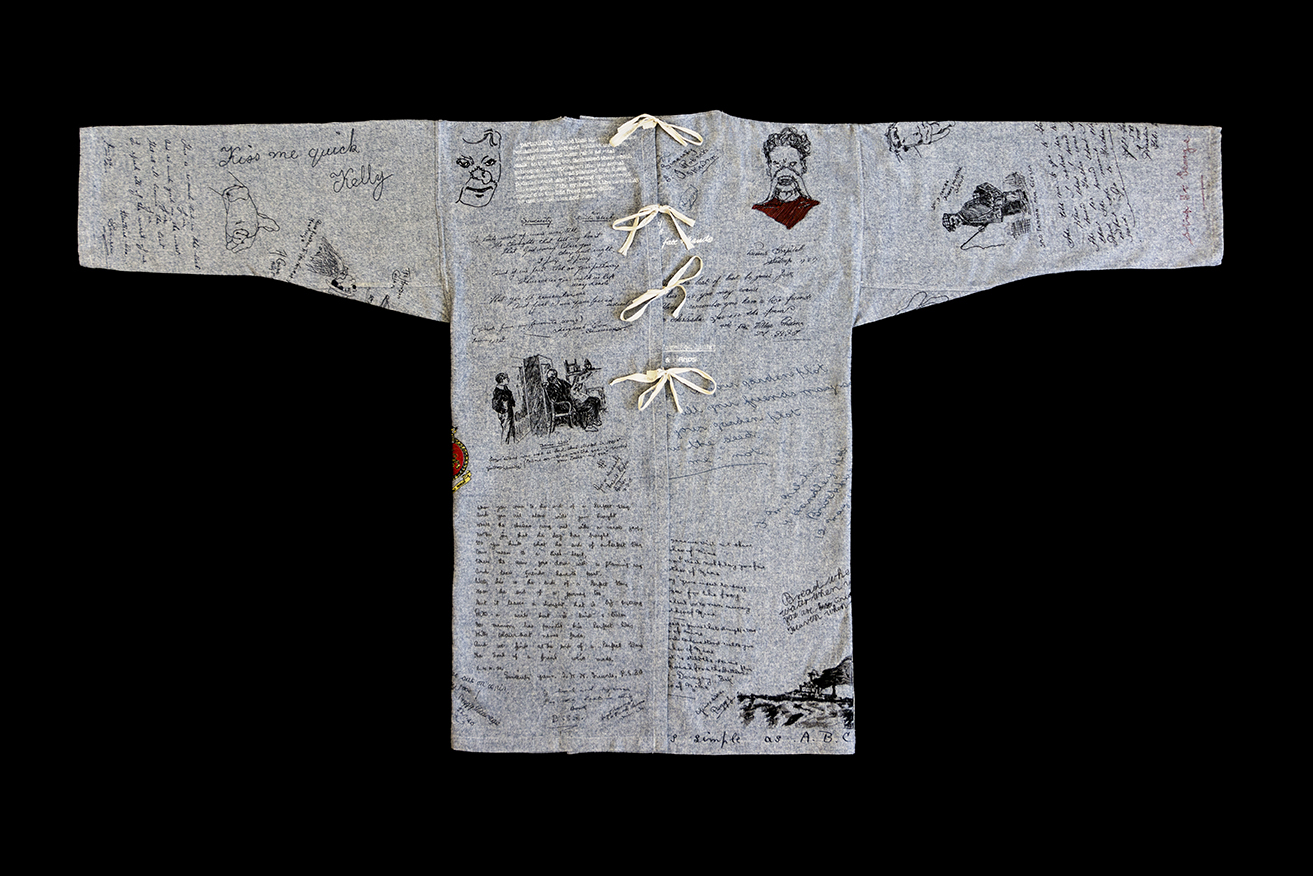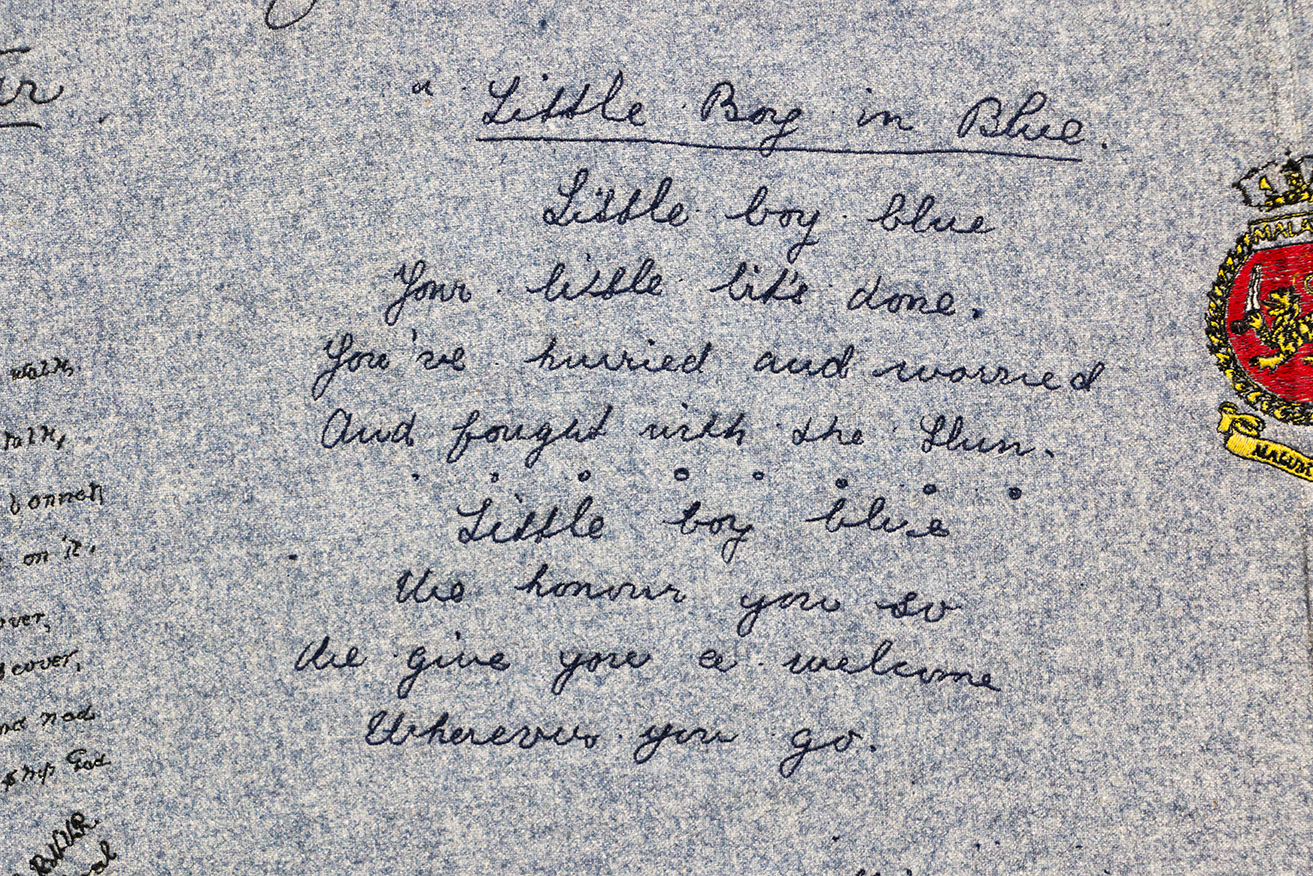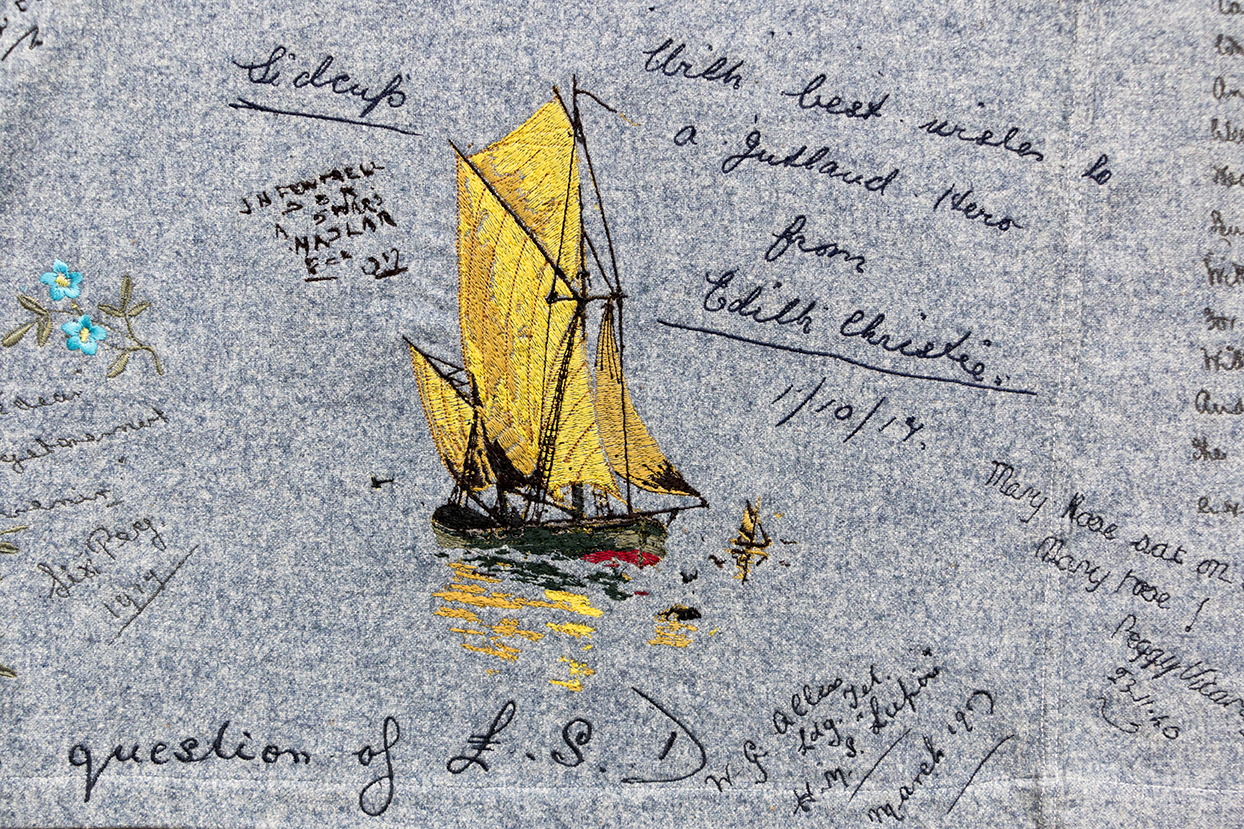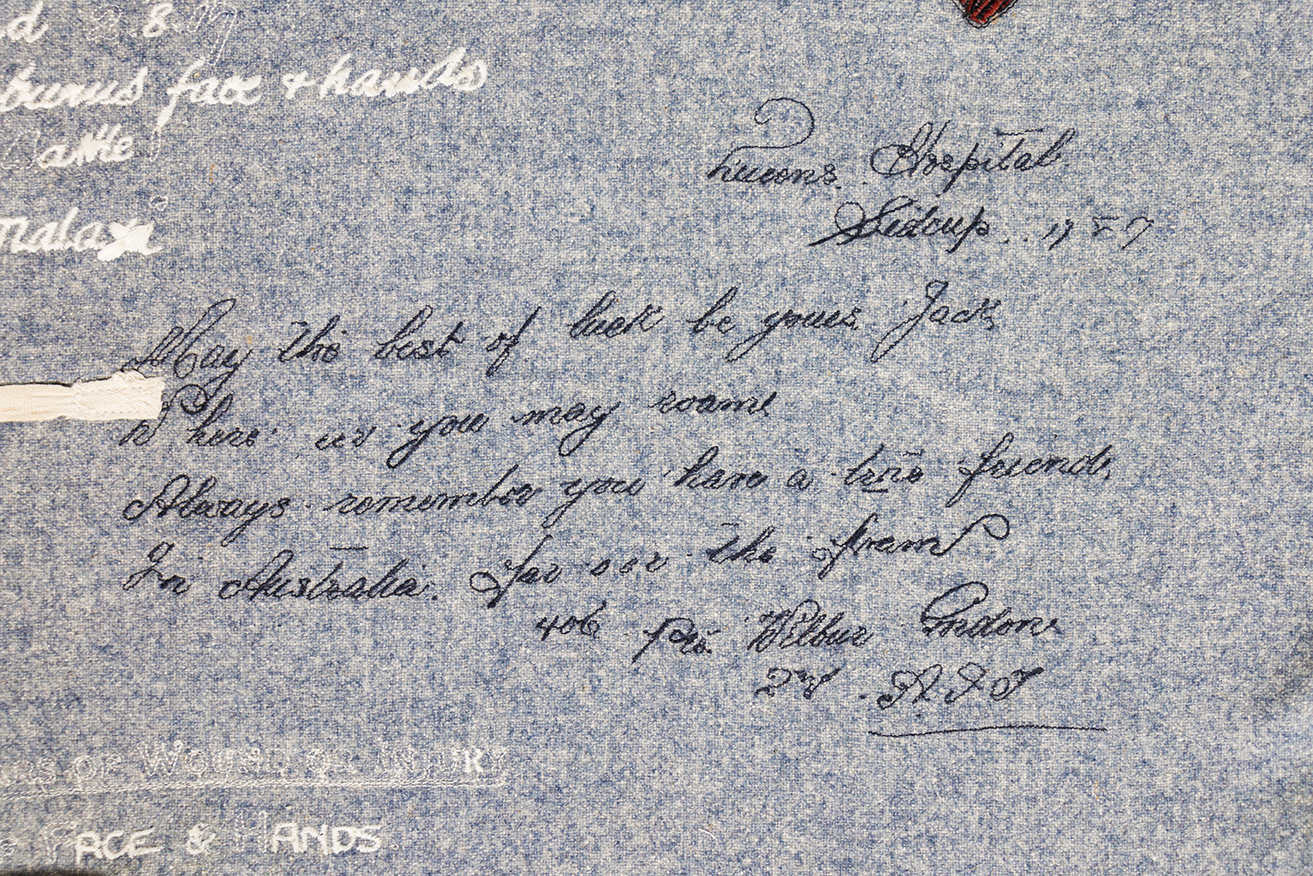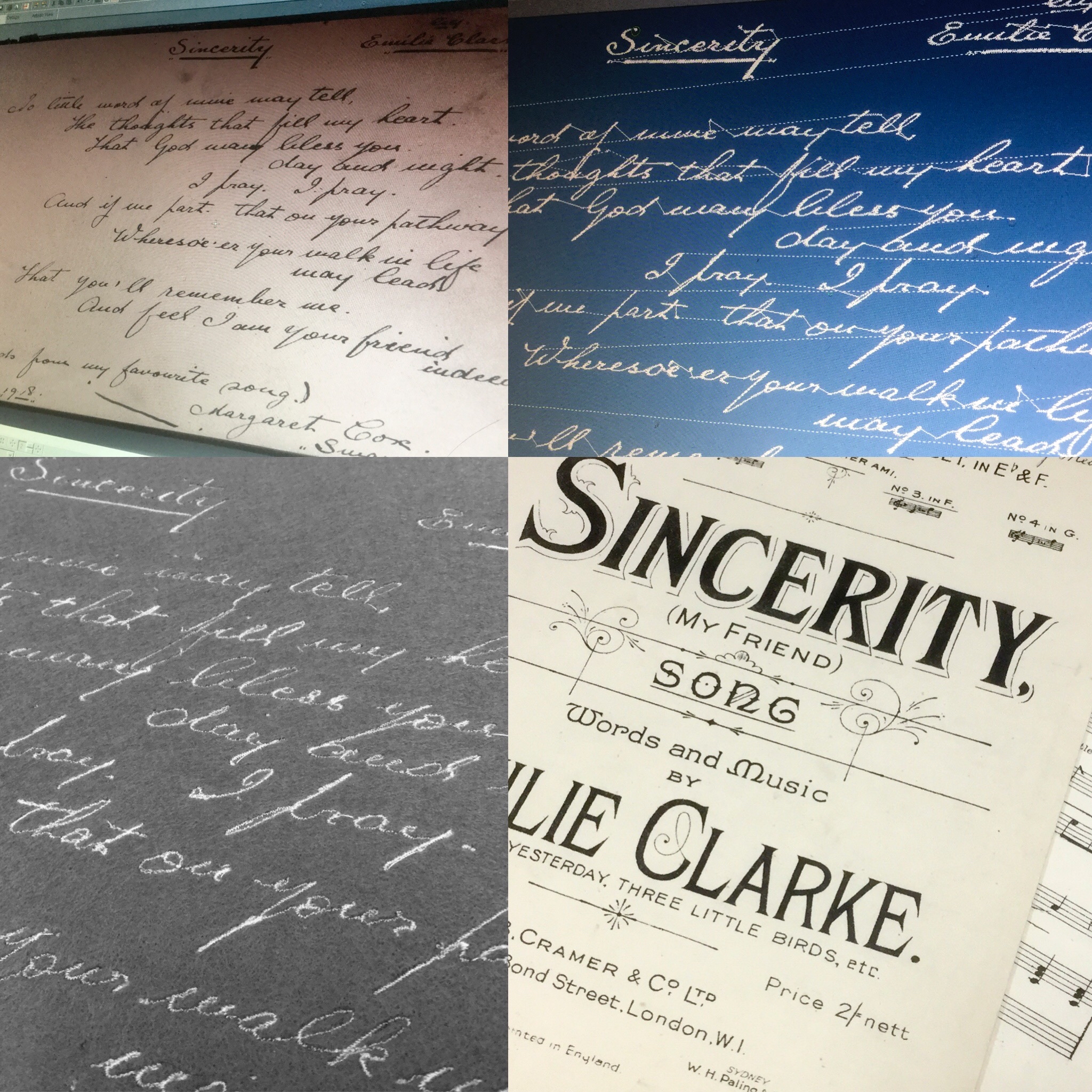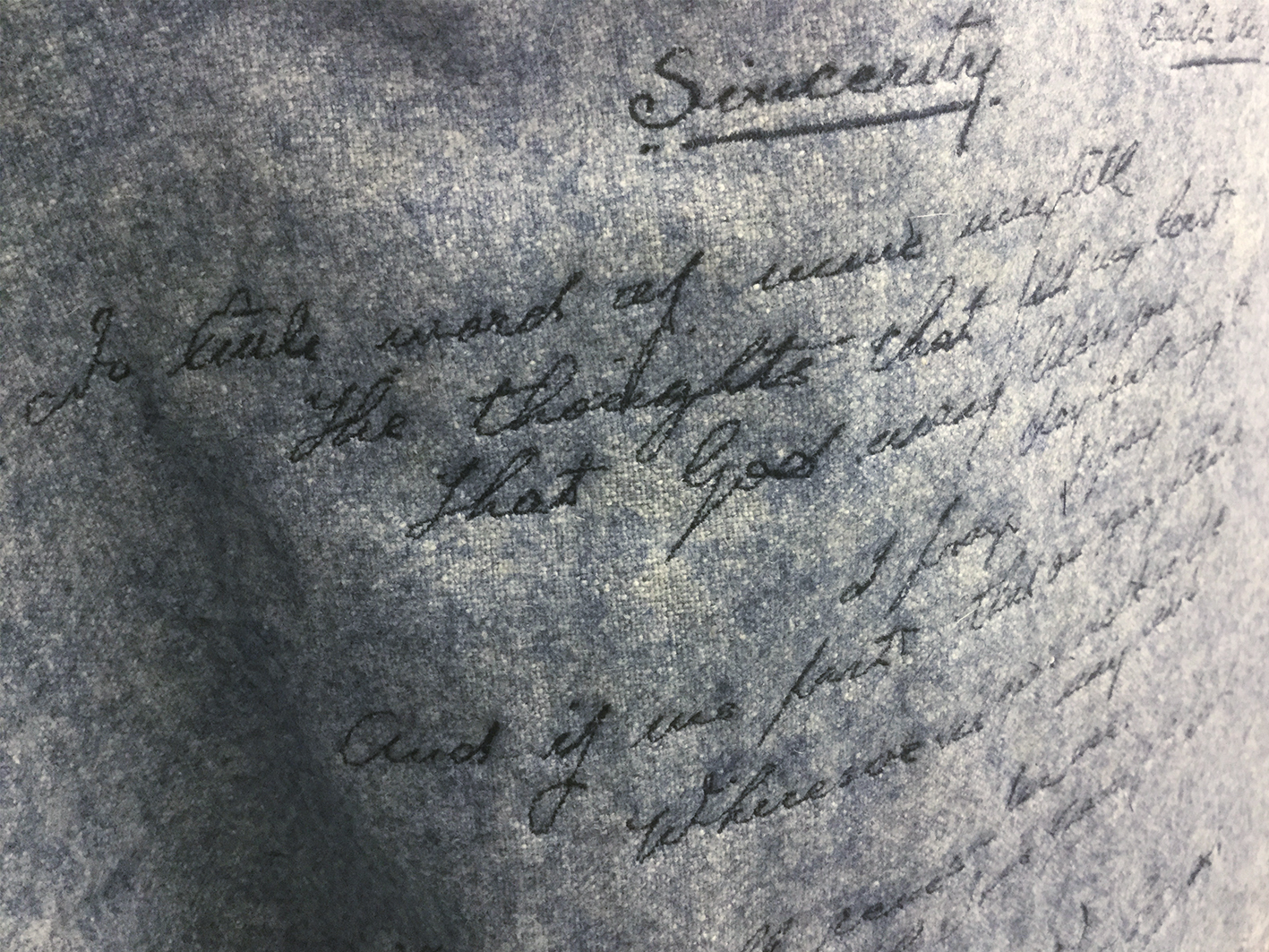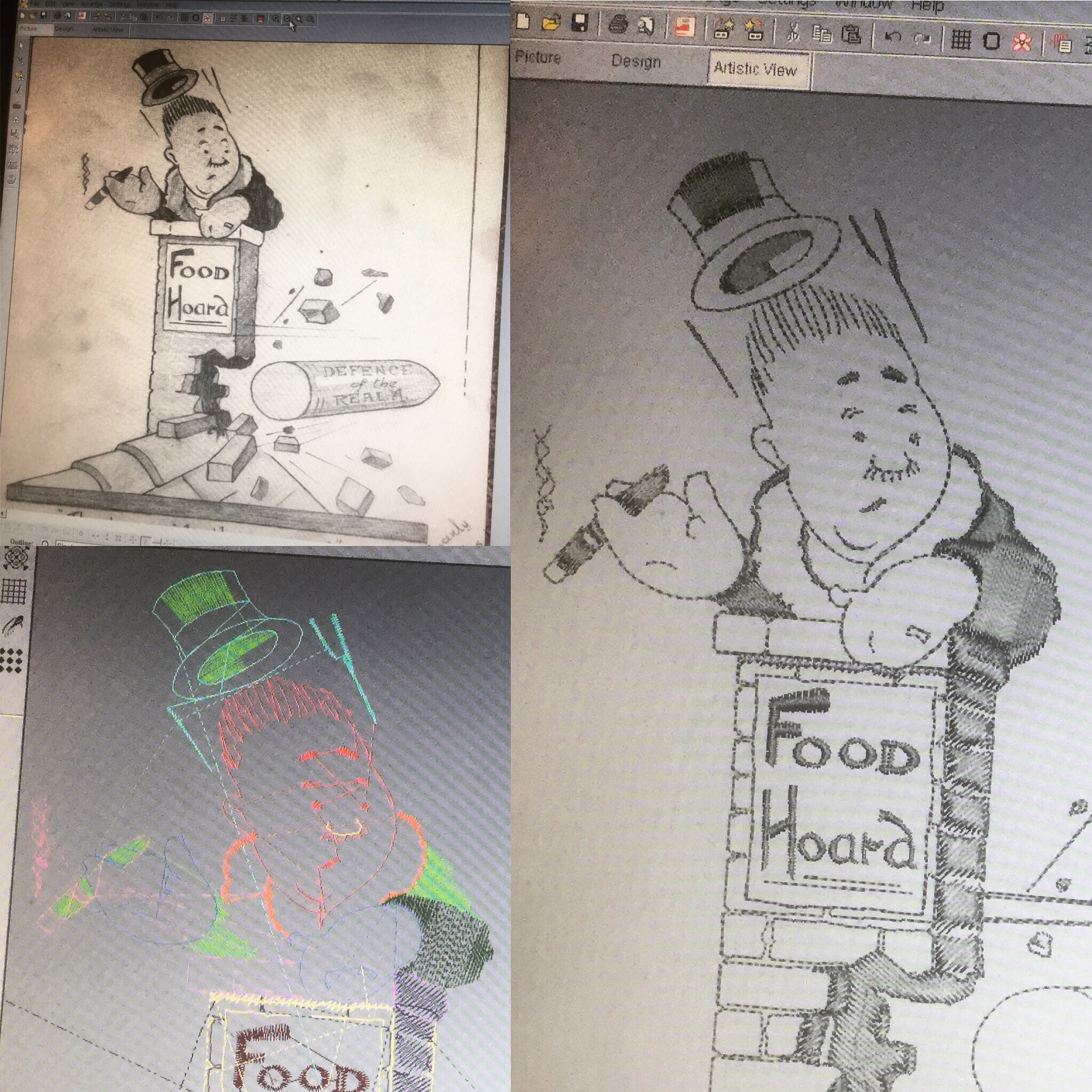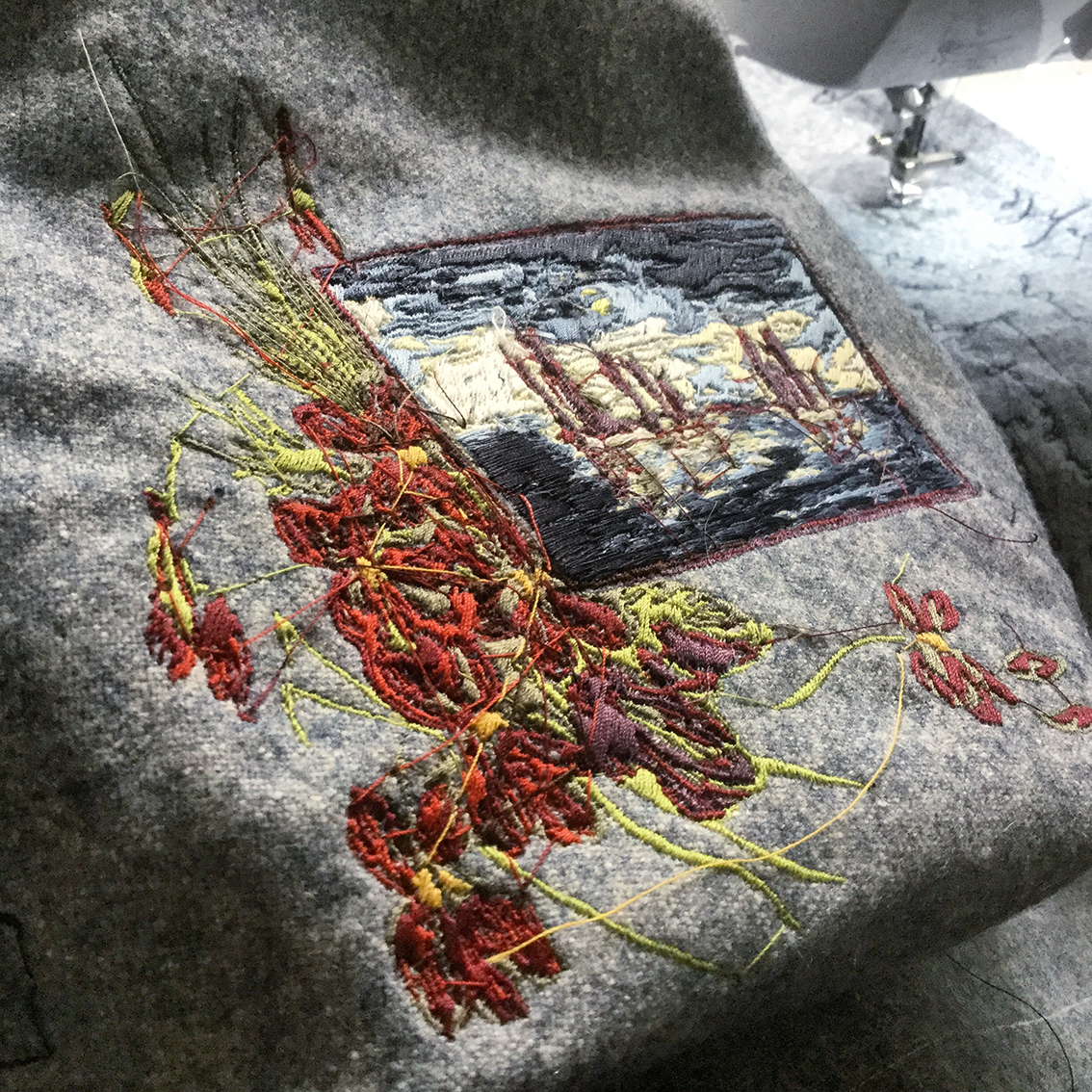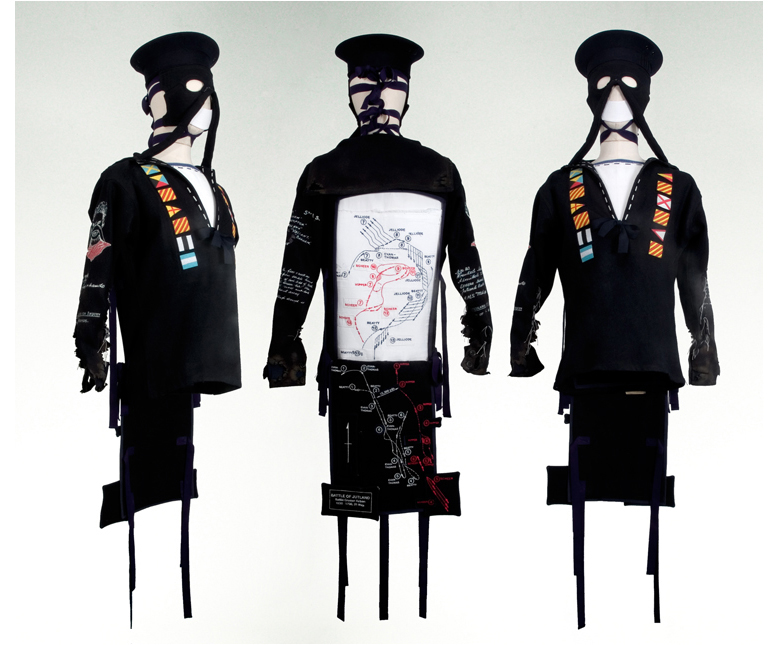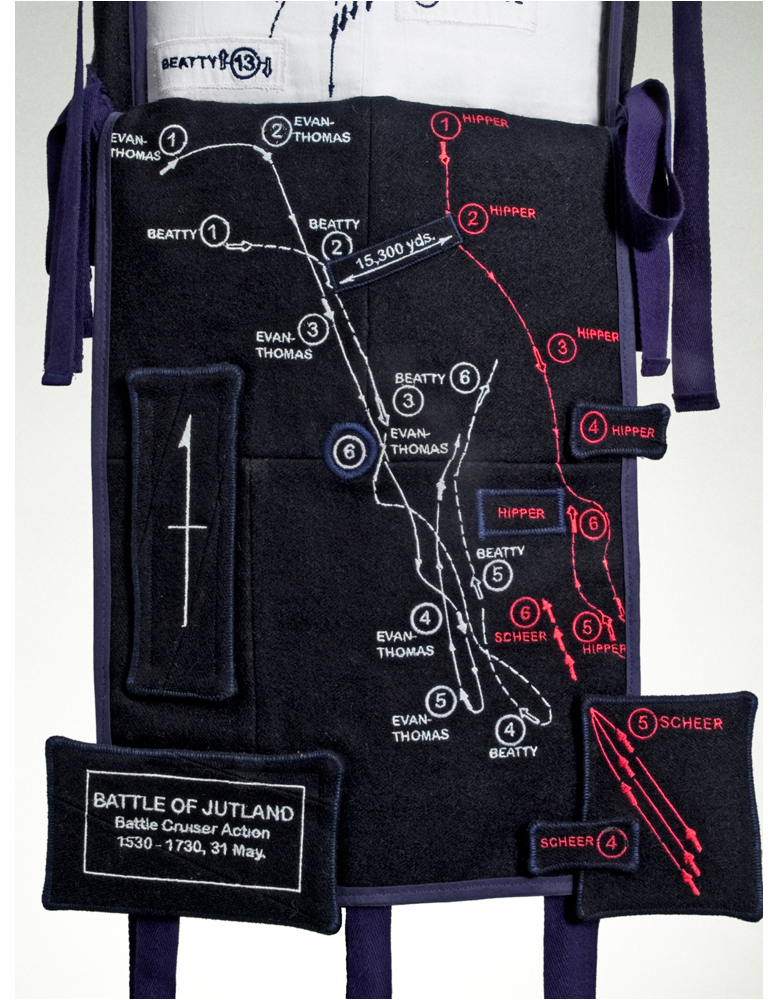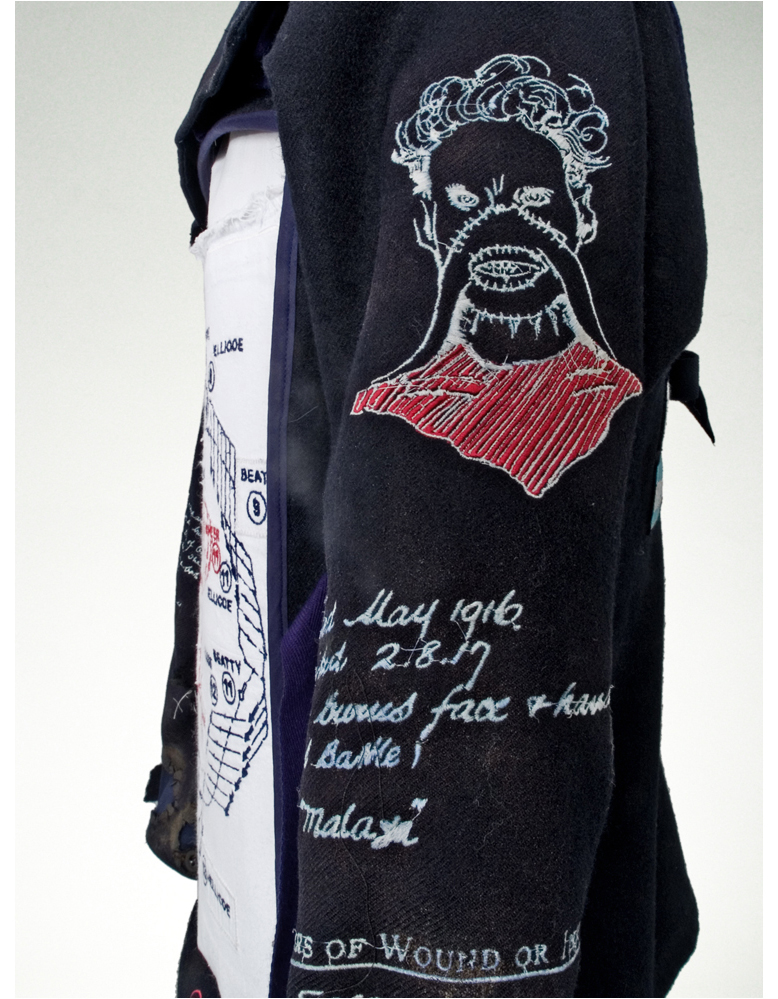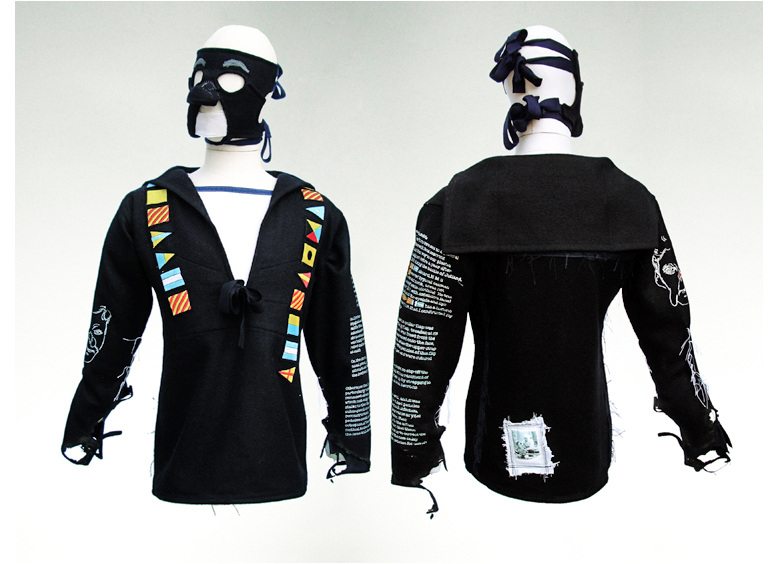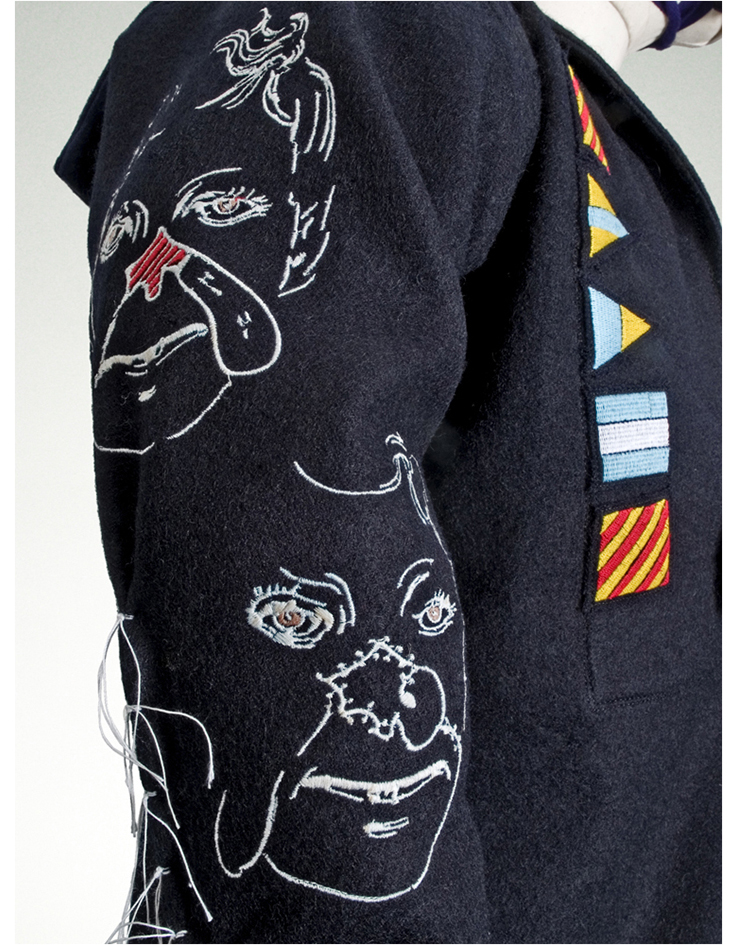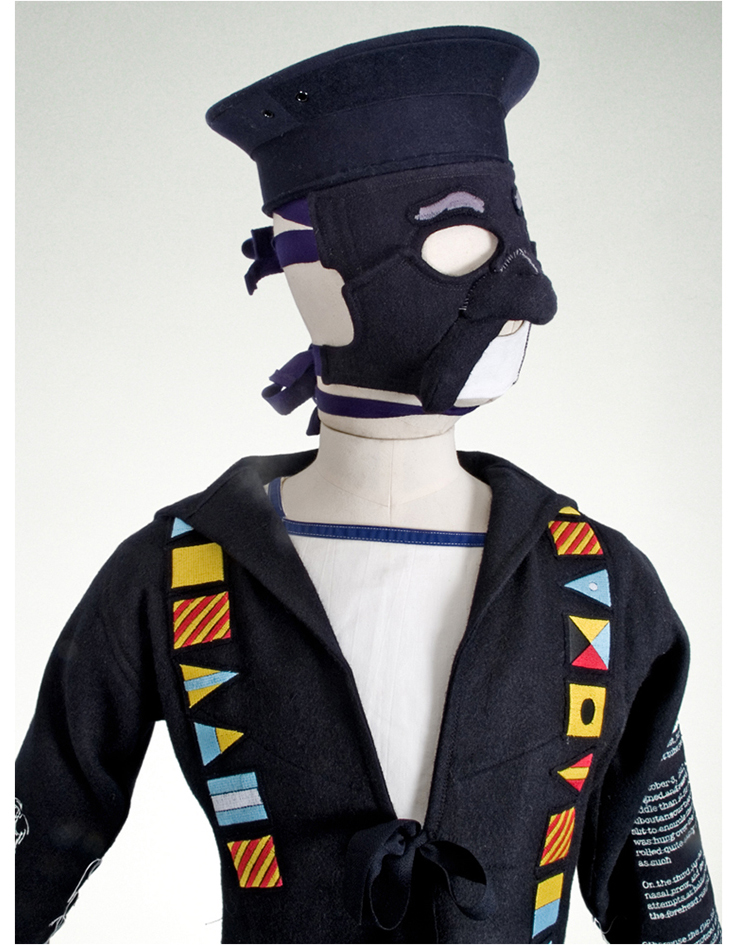Vicarage. A life story
The Forgotten Fighters Gallery, National Maritime Museum, Greenwich, London.
Researching the life story of WW1 veteran William Vicarage since 2004, Paddy has interpreted key moments from the history of this remarkable man. From his survival of the Battle of Jutland in which sustained life changing burns to his face and hands, to the pioneering surgery he received at the hand of WW1 surgeon Sir Harold Gillies and later family testimony as to how the former watchmaker from Swansea rebuilt his life with the support of his family.
Collaborating with Gillies Archives Curator Dr Andrew Bamji and descendants of William Vicarage, Paddy has created a series of works which examine various aspects of William's life from his ambitions as a young man, the consequences of his injuries and surgery and reflections of the man but his family. His story is simultaneously ordinary and extraordinary and is pivotal in the development of facial reconstructive surgery. The phenomenal success of the pioneering surgery he endured went on to benefit countless thousands of others who sustained similar life changing facial injuries.
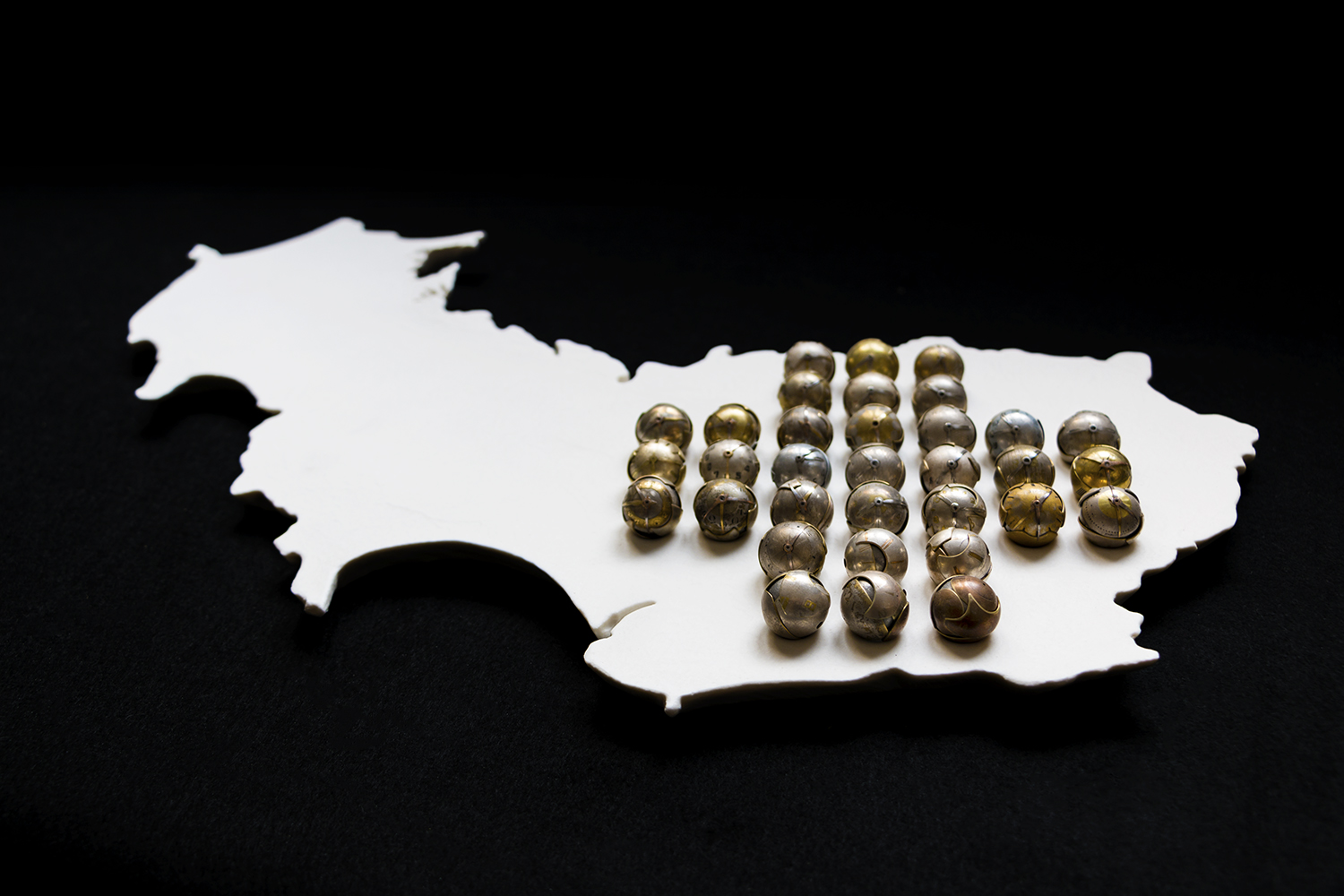
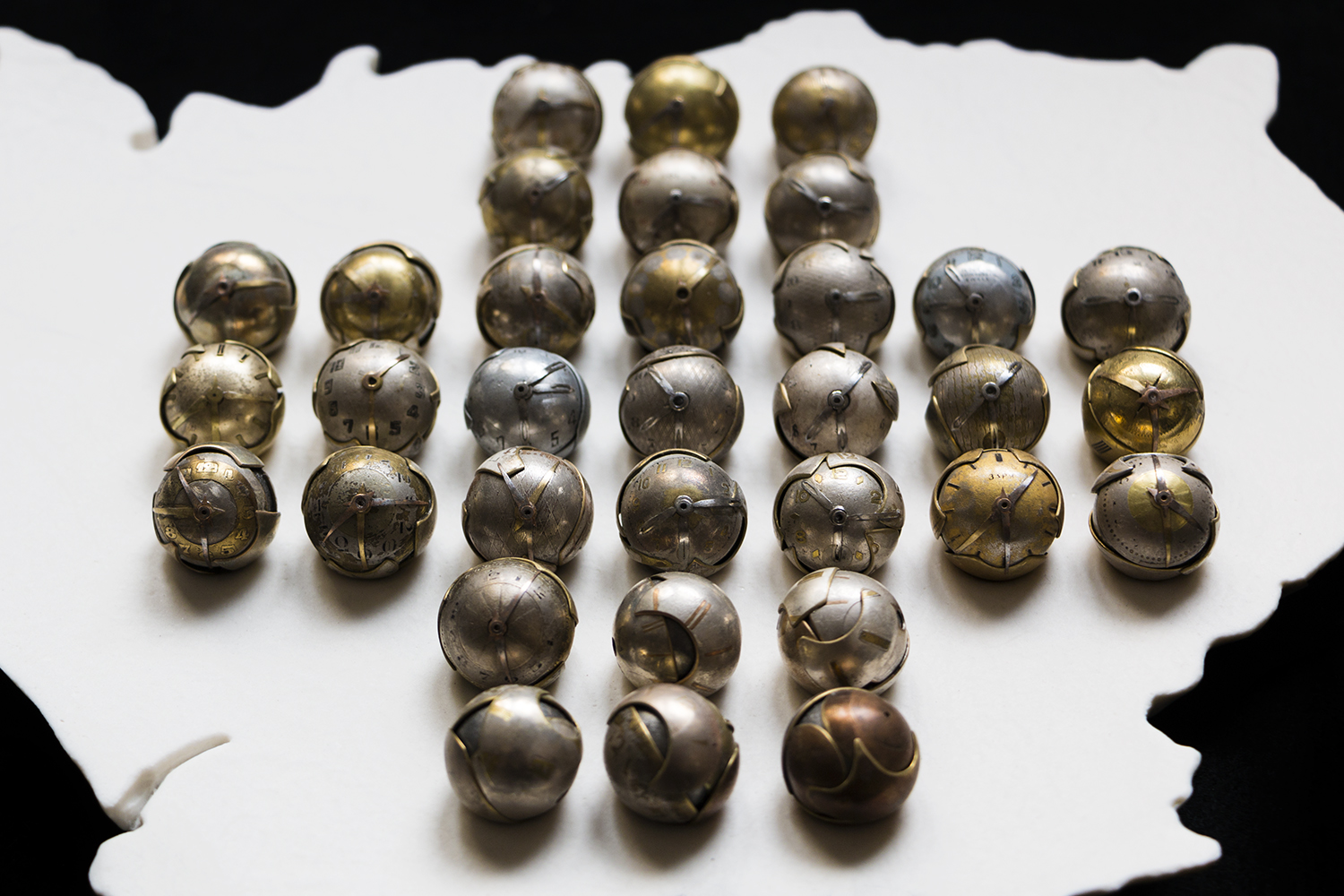
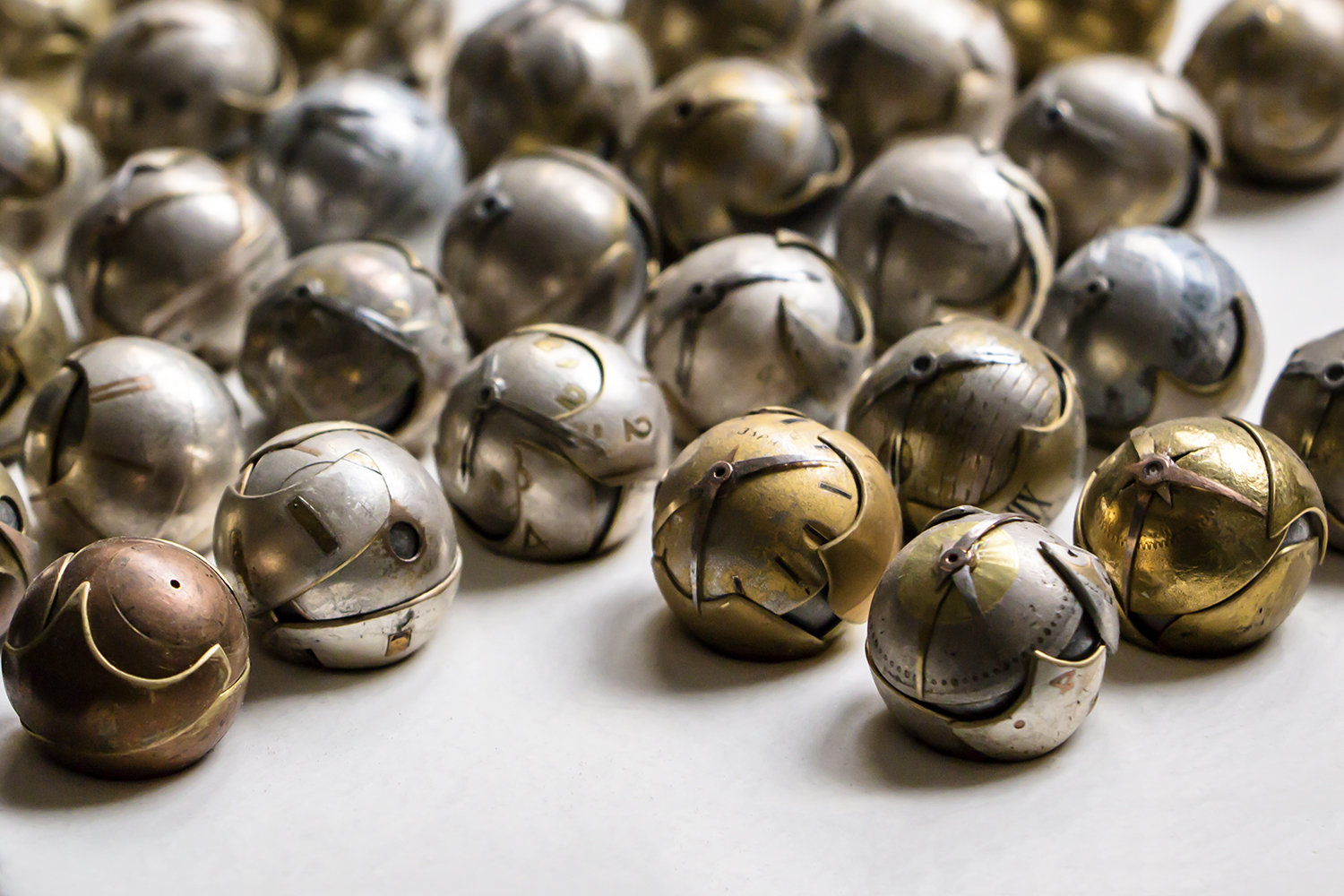
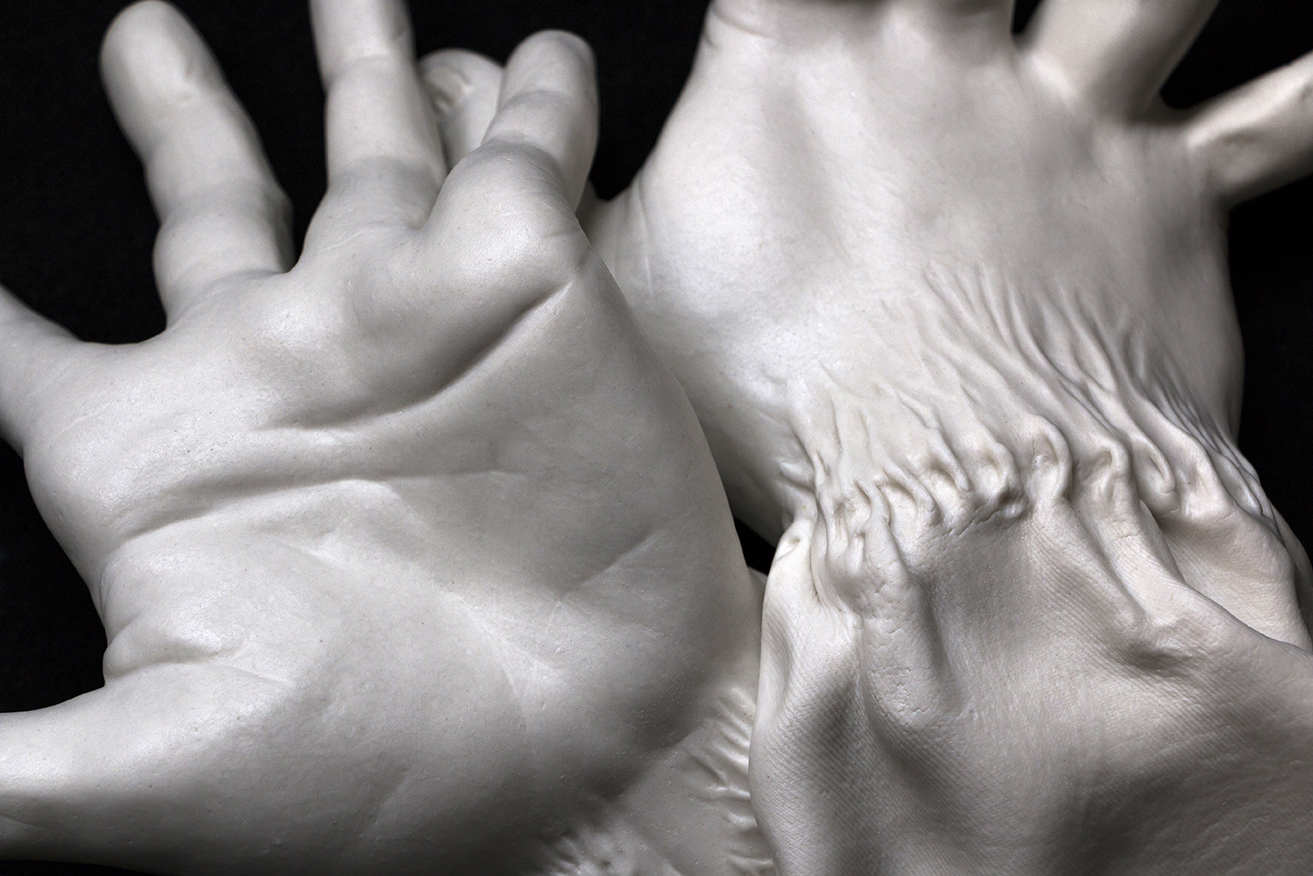
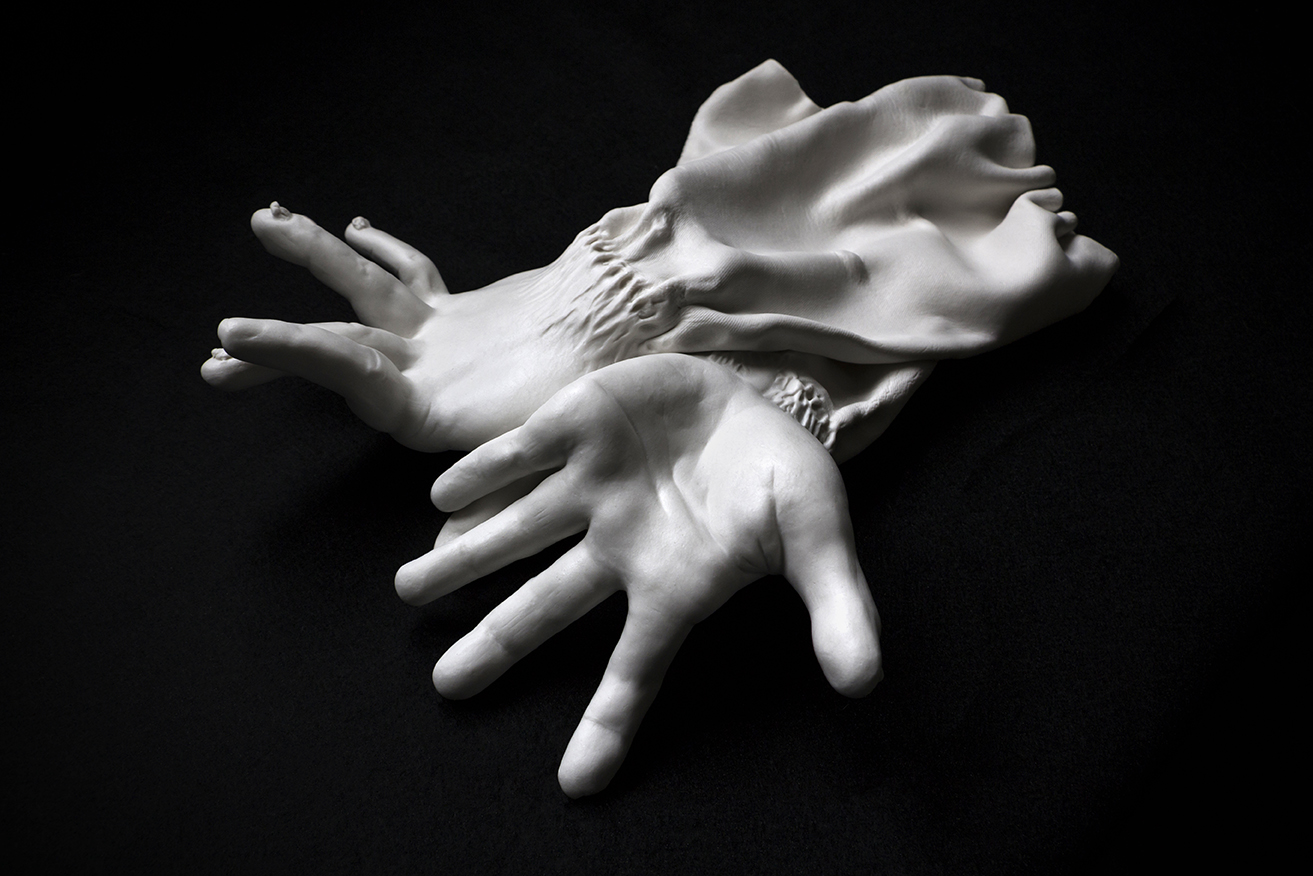


'Make my move for me will you my Love'
Vintage watch salvage, Porcelain paperclay. 2017
Inspired by conversations with the family and Granddaughter of Sailor William Vicarage 'Make my move for me will you my Love' combines a series of references to William's life story. His original trade as a watchmaker is reflected in the solitaire counters while the porcelain gameboard refers to the region of Swansea in which he lived an worked as a plumbers mate after WW1. His Granddaughter recalls how they would play boardgames such as solitaire and how William would ask her to move the counters for him, unable to do so himself as easily as he might have wished due to the reduced dexterity of his reconstructed hands. The Hour, Minute and Second hands are configured to display characters in semaphore code to present the title of the piece, the kind of phrase William may have expressed to his Granddaughter during the course of a game.
'Consequence'
Porcelain paperclay. 2017
In addition to receiving life changing facial burns aboard HMS Malaya during the Battle of Jutland, William also sustained devastating burns to the backs of his hands which resulted in contraction of skin and tendons, rendering his fingers virtually useless. Scar tissue pulled his fingers backwards into positions making impossible for him to hold anything between his fingers and thumbs. Its not surprising then that facial reconstructive surgeon Sir Harold Gillies attempted (with a considerable degree of success) to correct this, particularly given William's pre-war trade as a watchmaker.
'I never attempt to replicate injury, moreso, the consequence of the injury' - Paddy Hartley.
With this in mind, these hands are recreated from casts of the artists own hands illustrate the impossible positions in which the fingers were rendered as a result of the scarring. The use of polished porcelain paperclay inspired by Gillies observations of the scar tissue as 'having a white, waxy appearance'. In the aftermath of Jutland, Royal Navy protocol was revised to issue flash gloves and hoods more widely across all crew members.
'Little Boy in Blue'
Digital embroidery, vintage hospital patient gown. 2016/17
During the course of his research into the life story of William Vicarage, Paddy was able to trace and meet the family of 'Will' who generously shared documents pertaining to his time recovering from his injuries and surgery first at Naval Hospital Haslar and subsequently at QMH Sidcup. Amongst his papers was an autograph book gifted to him by his parents, whose pages he filled by asking family, friends and fellow patients to contribute to with sketches, poems, song lyrics and honest thoughts and reflections. It is a fascinating insight into the thoughts of the people he knew at this challenging time of his life.
Paddy has taken the approach of manually digitising each page to then stitch out using digital embroidery on a vintage hospital gown. The approach to placement of each stitched contribution takes its lead from the way fellow pupils might sign the shirt of a student moving on to another school, or as a 'leaving card' is signed by work colleagues. The first contributors having the luxury of choosing any spot on the garment to leave their contribution whilst later contributors have to fit in the smaller gaps left between those earlier contributions. The title of the piece comes from the title of a poem in the book and is transcribed on the chest of the gown.
'Vicarage Diptych'
Vintage sailors uniform, digital embroidery, applique. 2005
The Vicarage Diptych was Paddy's first response to the story of William Vicarage, created during the course of his Wellcome Trust funded 'Project Facade', interpreting the stories of the WW1 facial injury patients treated by Sir Harold Gillies.
The Vicarage Diptych describes the events and surgery William experienced leading up to his injury, his treatment and extracts from his medical notes and reflections by Gillies, including maps detailing ship manoeuvres during The Battle of Jutland during which Vicarage sustained his life changing injuries. Stitch and embroidery feature heavily in the work, stitch being one of the methods used by Gillies in his treatment of William’s injuries, and embroidery played a part in the rehabilitation of some of Gillies patients. The diptych also includes burned detailing referencing the cause of the injury, particularly in reference to the severe burns to his hands. The facial garments included in the work describe part of the surgical procedure William underwent in addition to digitally embroidered illustrations of pre-operative planning from his medical record.
Supported by: Wellcome Trust, Arts Council England, National Maritime Museum Greenwich, The Thompson Laboratory King's College London, Coventry University & the Exeter Sewing Machine Company.





